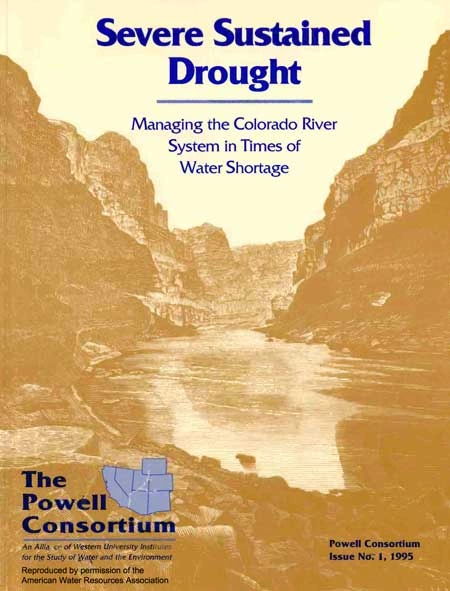Managing the Colorado River System in Times of Water Shortage

Digital reproduction by permission of the American Water Resources Association
ABSTRACT: In arid regions of rapid economic and population growth, adverse effects of droughts are likely to be increasingly serious. This article presents an introduction and overview of the papers collected in this special issue of the Water Resources Bulletin. The papers report on the second phase of a study of the impacts of and responses to a potential severe sustained drought in the Colorado River Basin in the southwestern U.S. The analyses were performed by a consortium of researchers from universities and the private sector located throughout the Basin. Tree ring studies suggest that droughts of duration and magnitude much more serious than any found in the modern records probably occurred in the Basin during earlier centuries. Taking the present -day configuration of the storage and diversion structures and the economic conditions in the Basin as the base -point, the general objectives of the study are three: first, to define a representative Severe Sustained Drought (SSD) and assess its hydrologic impacts; second, to forecast the economic, social and environmental impacts on the southwestern U.S.; and finally, to assess alternative institutional arrangements for coping with an SSD. The evaluation of impacts and policies was conducted with two distinct modeling approaches. One involved hydrologic- economic optimization modeling where water allocation institutions are decision variables. The second was a simulation -gaming approach which allowed "players" representing each basin state to interact in a real -time decision making mode in response to the unfolding drought.
(KEY TERMS: water policy; drought; Colorado River; systems analysis; water law; modeling; water institutions.)

